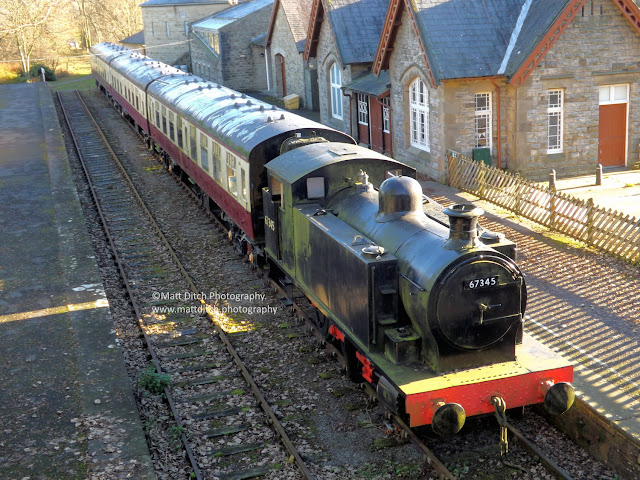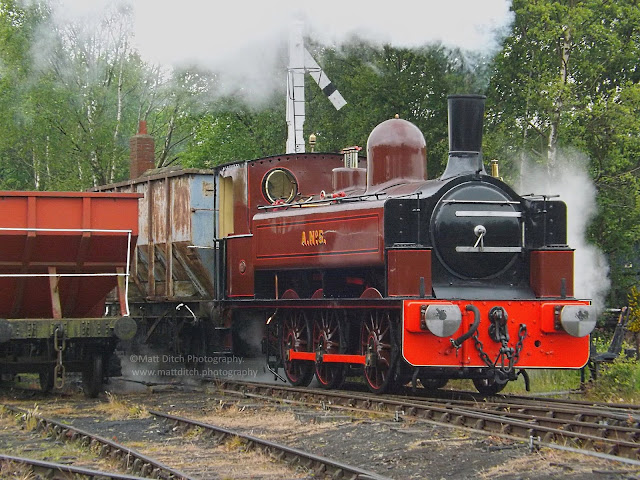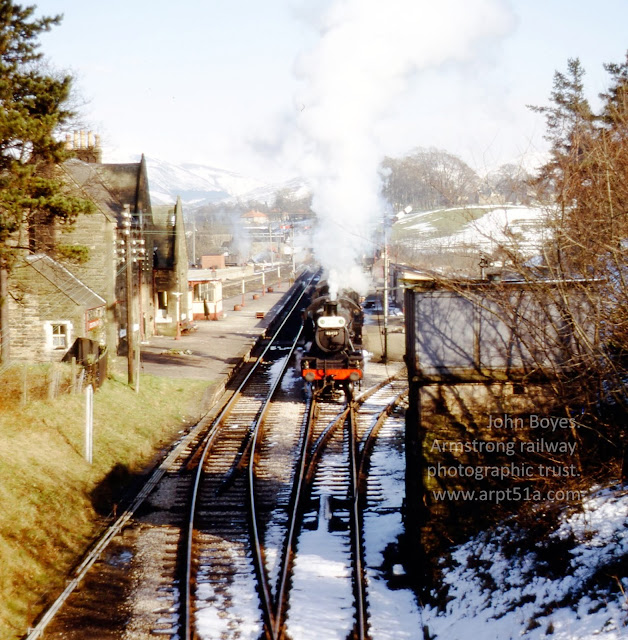The Lambton Waggonway

The Lambton Waggonway Lambton Works which was the headquarters of the railway. In the background is the remaining headgear of the former Dorothea Pit, but this time-serving only as an emergency shaft. © Copyright Alan Murray-Rust and licensed for reuse under this Creative Commons Licence The Lambton Waggonway or Newbottle Waggonway as it also appears to have been known was a waggonway that linked the coal fields of Durham with the River Wear at Lambton Staithes. It can trace its roots back to the early 1700s when a horse-drawn waggonway was constructed to link the mines around Fatfield with the River Wear at Cox Green. Sometime in the early 1800s a line was built between Burnmoor and Philadelphia. The latter became the engineering base of the Lambton system. Some of the orignal structures still stand to this day. A recreated wooden waggonway at Beamish museum. By 1819 the Newbottle waggonway had been acquired and integrated with the Philadelphia and Burnmoor section. A...


